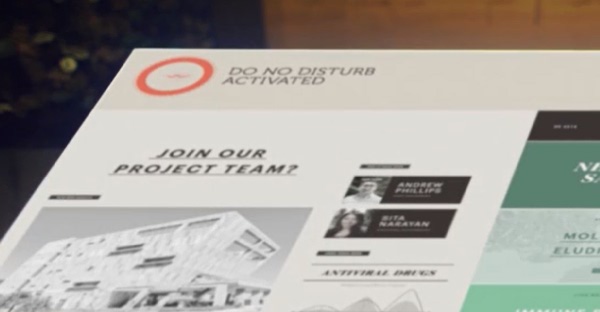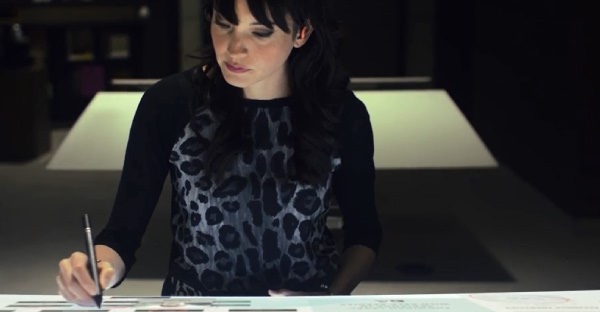Back in April I wrote about the latest ‘Future Vision’ video from Microsoft and I was very pleased to see this video come back onto my radar.

Larry Larsen at Channel 9 posted an interview with Dave Jones and Anton Andrews – a couple of the guys who worked on creating this fantastic (yet realistic) vision of the future.
Dave and Anton give us some context on the decisions and thoughts behind the various ideas, including a few extra details about my favourite concepts – the flexible digital notebook and the wrist device.

It’s well worth watching if you are interested in these forward looking concepts, but make sure you watch the Future Vision video first!
Something I had missed when watching the original video was the idea that the system itself had noticed Kat had gone into a flow state. The suggestion here is that the various devices would work together, taking sensor information like heart rate and galvanic skin response, to automatically switch into this mode.

The system would then automatically block out any unwanted distractions like notifications and set her communication status to do not disturb.
A nice touch is that the earpiece also switches to red to show other human beings. Very cool.

As a software architect and technology enthusiast I find myself bombarded with huge amounts of information – communication requests, push notifications, reminders, and much more.
Getting myself into the flow state is hard enough (music helps) but keeping it can be even more difficult. The idea of having the system automatically sense this and move things into a ‘do not disturb’ state is very attractive.
An important part of these Future Vision videos is that they are realistic, and all of this could be done today:
- Notice high amounts of use in productivity apps (Office, Visual Studio)
- Sense physical changes in the user (Band)
- Set ‘Quiet Hours’ for notifications (Windows)
- Change status to ‘Do Not Disturb’ (Skype)
- Handle exceptions that can break through (Cortana)
Microsoft controls each one of those components, but the fact is that the most futuristic part of these videos is not the hardware or the software – it’s the integration.
Considering Microsoft reaffirmation as the productivity company, it’s probably something they should try to integrate in order to achieve their goal.